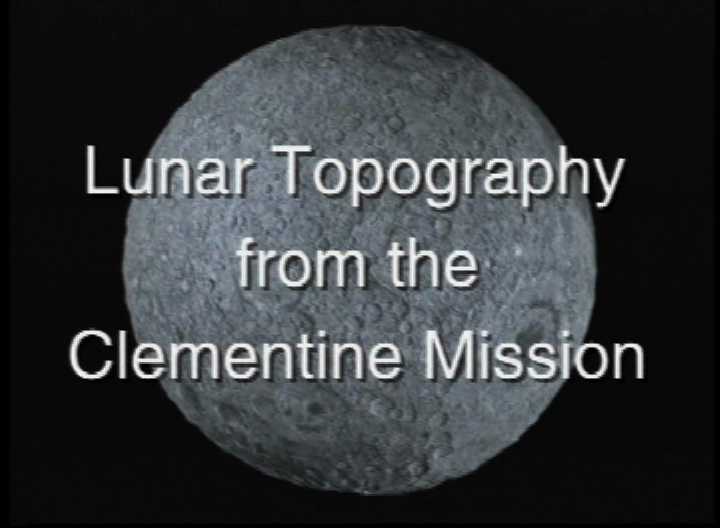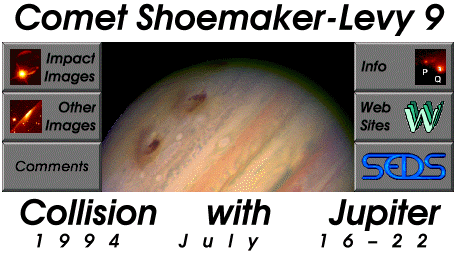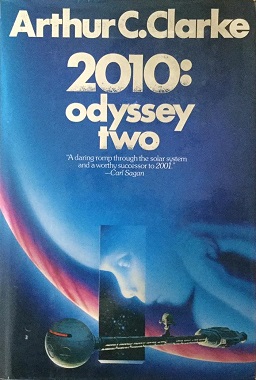Clementine 1 - Lunar Polar Ice Discovery
Upstairs from the control room, Dr. Eugene M. Shoemaker, Clementine's chief scientist and a planetary geologist assigned to the project by the National Aeronautics and Space Administration, pored over the mosaics of pictures of such striking lunar craters as Tycho and Orientale Basin. The cameras, operating in different wavelengths and with an assortment of filters, were revealing sedimentary layers in the crater walls, he said, showing that the crust is not nearly as vertically homogenous as had been thought.
"It's beautiful stuff," said Dr. Shoemaker, who had spent much of his career analyzing earlier photography from the Surveyor and Lunar Orbiter flights, unmanned scouting expeditions that preceded the Apollo landings. "We will be able to identify rock types. Basically, we will re-do the geology of the Moon."
Because one of the mission's scientific objectives is to prospect the mineral content of the Moon, the spacecraft was given the name Clementine, after the miner's darling daughter in the old Gold Rush ballad.
Details of dark, deep craters at the polar regions were photographed for the first time. Several times the spacecraft transmitted special radio signals into the polar crater depths. The signals were deflected and received by antennas on Earth. Analysis of the modified signals is under way to see if they reveal the presence of any ice at the lunar poles, presumably deposited there by comet impacts and sheltered from sunlight.
Dr. Paul Spudis, deputy leader of the science team who is from the Lunar and Planetary Institute in Houston, said that ground-based observations had provided some tantalizing clues of possible polar ice. "If we do confirm the presence of ice," he said earlier in the mission, "it will be a very interesting -- if not major -- discovery."
Next Tuesday may 3, Clementine's rocket is to be fired to depart lunar orbit and head for a rendezvous at the end of August with a small asteroid, 1620 Geographos. On the way, the craft should be able to observe Jupiter as it is being struck by a cluster of cometary fragments in July. If fuel reserves remain high, said Dr. Donald M. Horan, a scientist for the Naval Research Laboratory, which built the craft, Clementine could continue to another asteroid rendezvous in October 1995.
After that, Clementine would be "lost and gone forever," another reason for its name.

Clementine does have an unusual pedigree. It was the idea of the Ballistic Missile Defense Organization, the scaled-down successor to the Star Wars organization in the Pentagon. Military engineers wanted to launch a spacecraft for testing new lightweight materials and electronics designed for "brilliant pebbles," the fleet of small space-deployed craft once proposed for intercepting and destroying missiles in flight.
http://www.nytimes.com/1994/04/26/science/cheap-moon-mission-may-offer-glimpse-of-future-for-nasa.html?pagewanted=all
On May 7, 1994 (UTC) Clementine experienced a computer failure after it left Lunar orbit.[4] The failure caused it to use up its remaining propellant, spinning the spacecraft up to 80 rotations per minute.[4] It was utilized in a geocentric orbit until the end of its mission, but the asteroid trip was aborted.[4]
The mission spiraled out of control on the journey from lunar orbit to image the Jupiter-impact event named after Shoemaker, before an asteroid rendezvous. The mission however imaged the moon a few months before the Shoemaker-Levy 9 Jupiter event, making the symbolic discovery of the alien monolith on the moon pointing to Jupiter impact...(excavation for the Shoemaker monolith on the moon)
The two groups in charge (NASA/DoD) represent the monolith and signal as Shoemaker=Monolith and Star Wars/SDIO=TMA 1 Jupiter signal....
The mission failure in May 1994 coincided with the entry period of Jupiter ignition....
May 1994 Shoemaker Lunar mission impact

May 1994 Shoemaker Jupiter impact

On May 7, 1994 (UTC) Clementine experienced a computer failure after it left Lunar orbit.
After flying near the Moon on 20 July 1994, Clementine went into solar orbit
Two impacts 12 hours apart on July 19 created impact marks of similar size to that caused by fragment G, and impacts continued until July 22, when fragment W struck the planet.

The two groups in charge (NASA/DoD) represent the monolith and signal as Shoemaker=Monolith and Star Wars/SDIO=TMA 1 Jupiter signal....
The mission failure in May 1994 coincided with the entry period of Jupiter ignition....
May 1994 Shoemaker Lunar mission impact

May 1994 Shoemaker Jupiter impact
On May 7, 1994 (UTC) Clementine experienced a computer failure after it left Lunar orbit.
After flying near the Moon on 20 July 1994, Clementine went into solar orbit
Two impacts 12 hours apart on July 19 created impact marks of similar size to that caused by fragment G, and impacts continued until July 22, when fragment W struck the planet.

Lunar Prospector is the third mission selected by NASA for full development and construction as part of the Discovery Program. The probe also carried a small amount of the remains of Dr. Eugene Shoemaker (April 28, 1928 – July 18, 1997), astronomer and co-discoverer of Comet Shoemaker-Levy 9, to the Moon for a space burial.
Shoemaker, a signal below the lunar surface pointing to Jupiter...







Shoemaker, a signal below the lunar surface pointing to Jupiter...




Lunar spacecraft carries ashes, special tribute to Shoemaker
A health problem prevented Shoemaker from becoming the first geologist on the moon. Instead, he helped select and train the Apollo astronauts in lunar geology and impact cratering. He sat beside Walter Cronkite in evening newscasts, giving geologic commentary during the moon walks. He was involved in the pre-Apollo Lunar Ranger and Surveyor programs, and culminated his lunar research as science-team leader on the 1994 Clementine mission.
The Clementine mission included a deliberate search for water near the poles of the moon, Carolyn Shoemaker noted, but Clementine data did not settle the question. The search for water at the lunar poles is a key goal of Lunar Prospector, and that makes the tribute even more meaningful, she added.https://www2.jpl.nasa.gov/sl9/news82.html
The Doppler Gravity Experiment (DGE) was the first polar, low-altitude mapping of the lunar gravity field. The Clementine mission had previously produced a relatively low-resolution map, but the Prospector DGE obtained data approximately five times as detailed: the "first truly operational gravity map of the Moon".[8]
NEAR was the first spacecraft to touchdown on the surface of an asteroid.
On 14 March 2000, a month after entering asteroid orbit, NASA renamed the NEAR spacecraft NEAR Shoemaker in honor of renowned geologist Eugene Shoemaker.
And just as the follow up to Clementine (Lunar Prospector) carried the ashes of Shoemaker, the first asteroid rendezvous in 2001 was renamed Shoemaker, after Clementine's Jupiter-Geographos loss in 94...



http://2p-encke.com/blog/2014/02/
http://2p-encke.com/blog/2014/02/